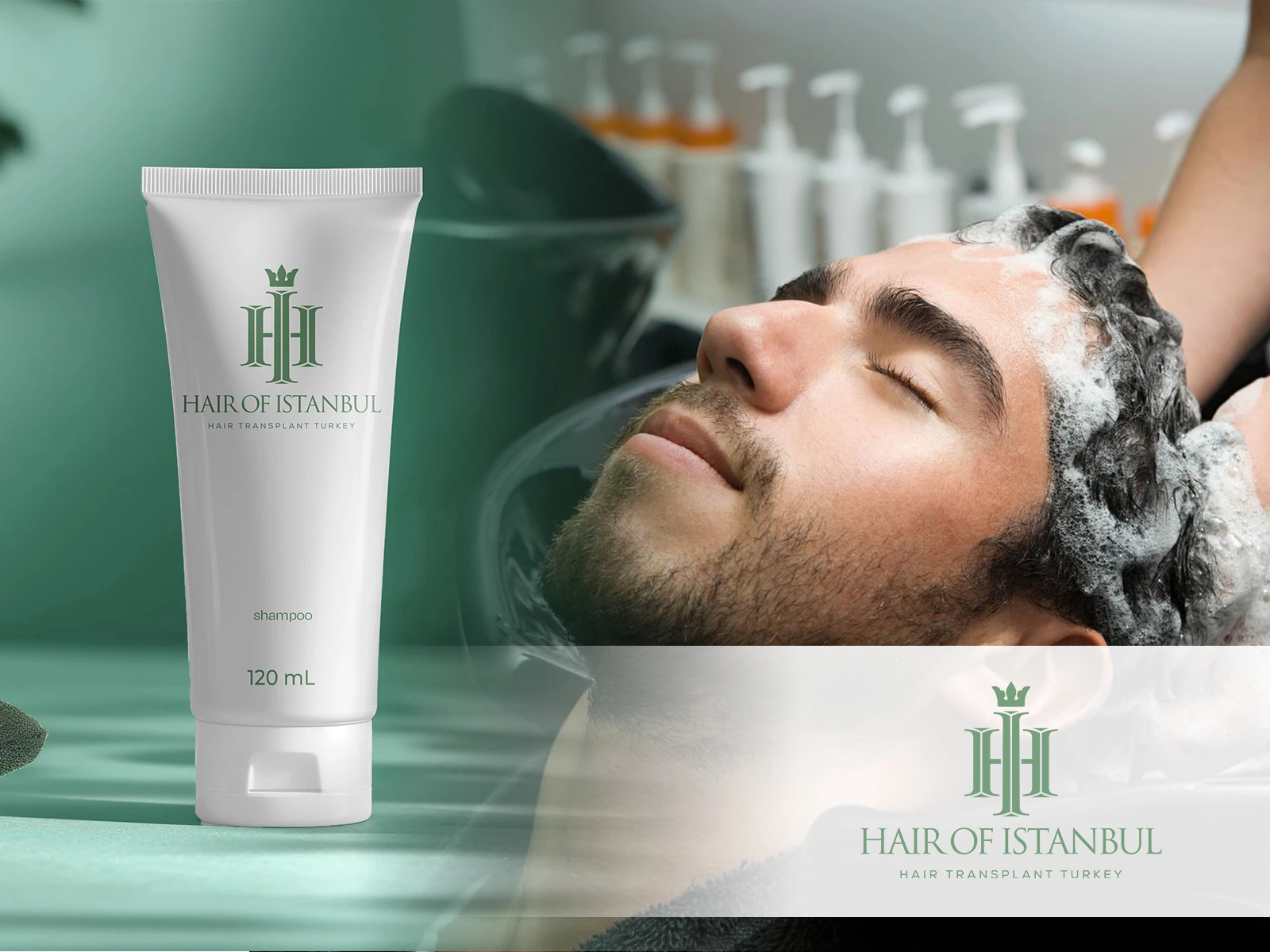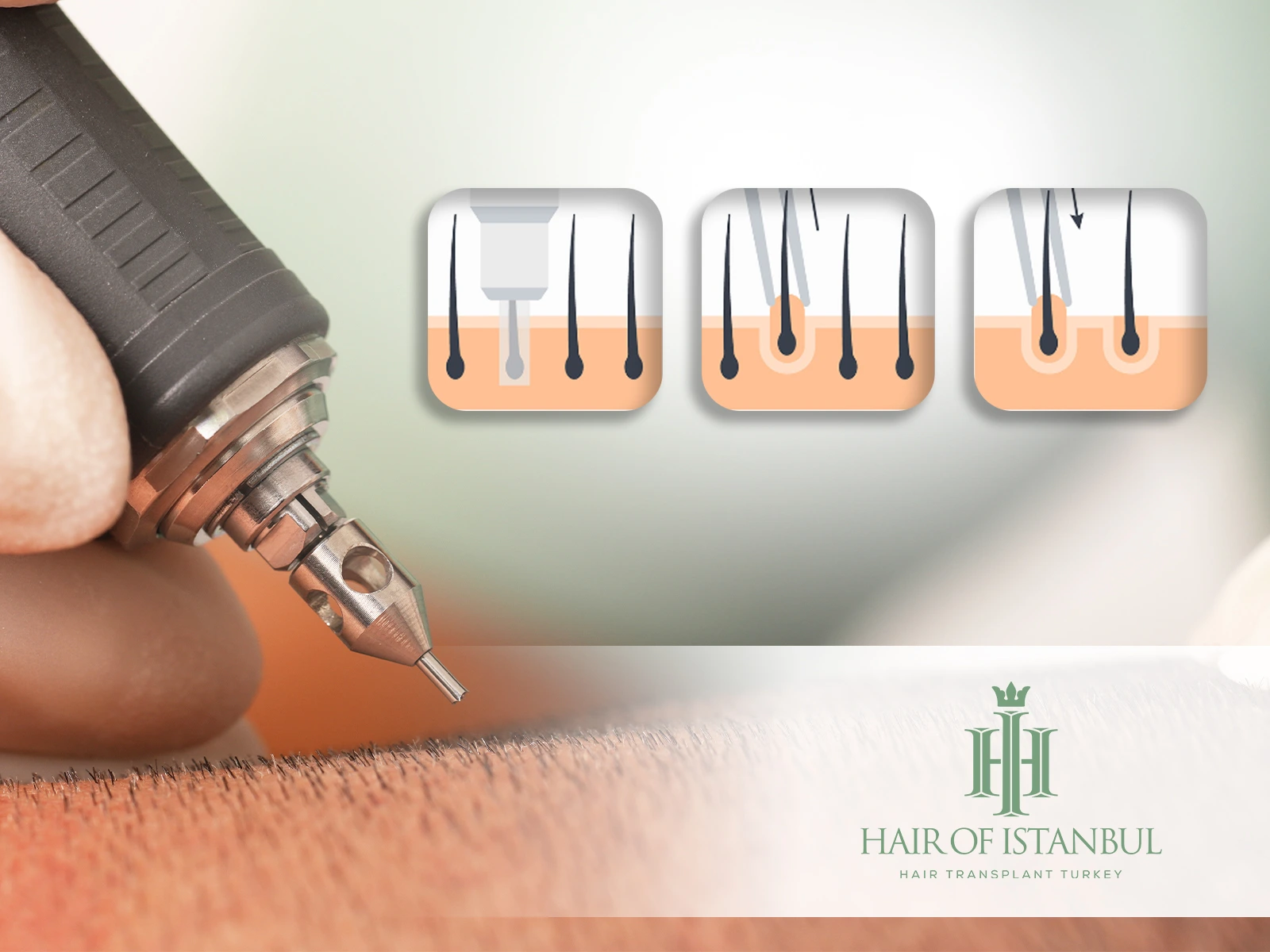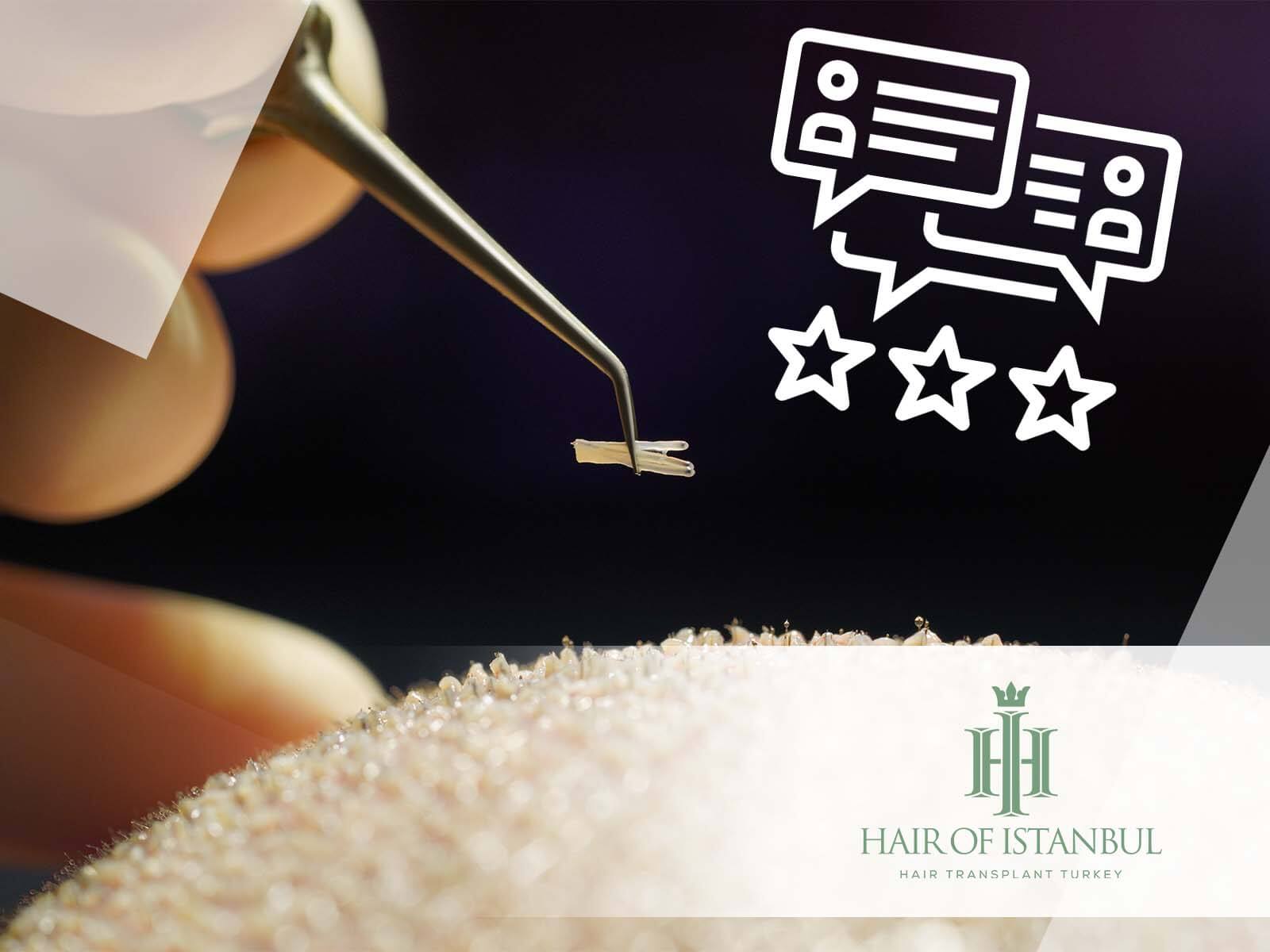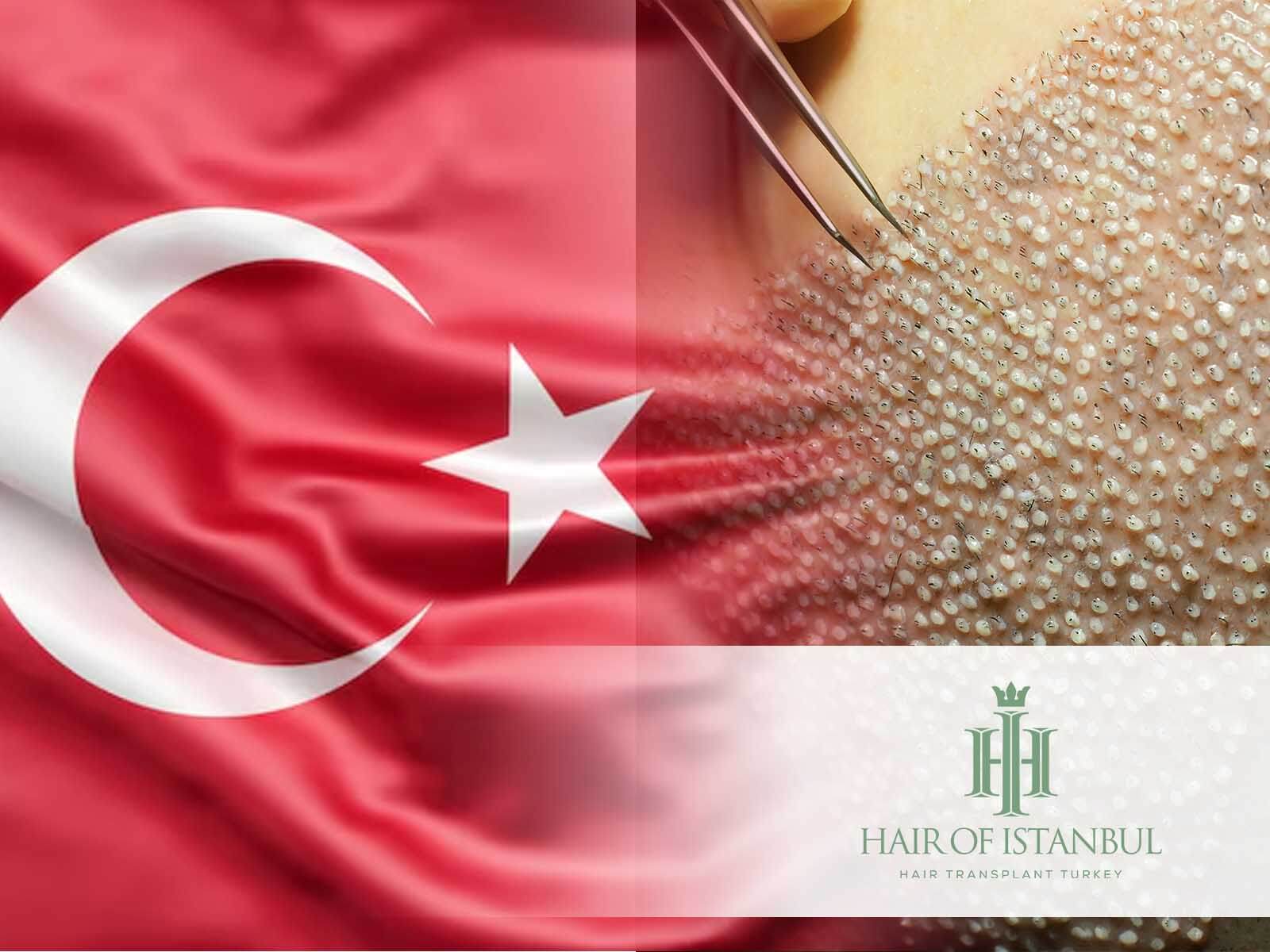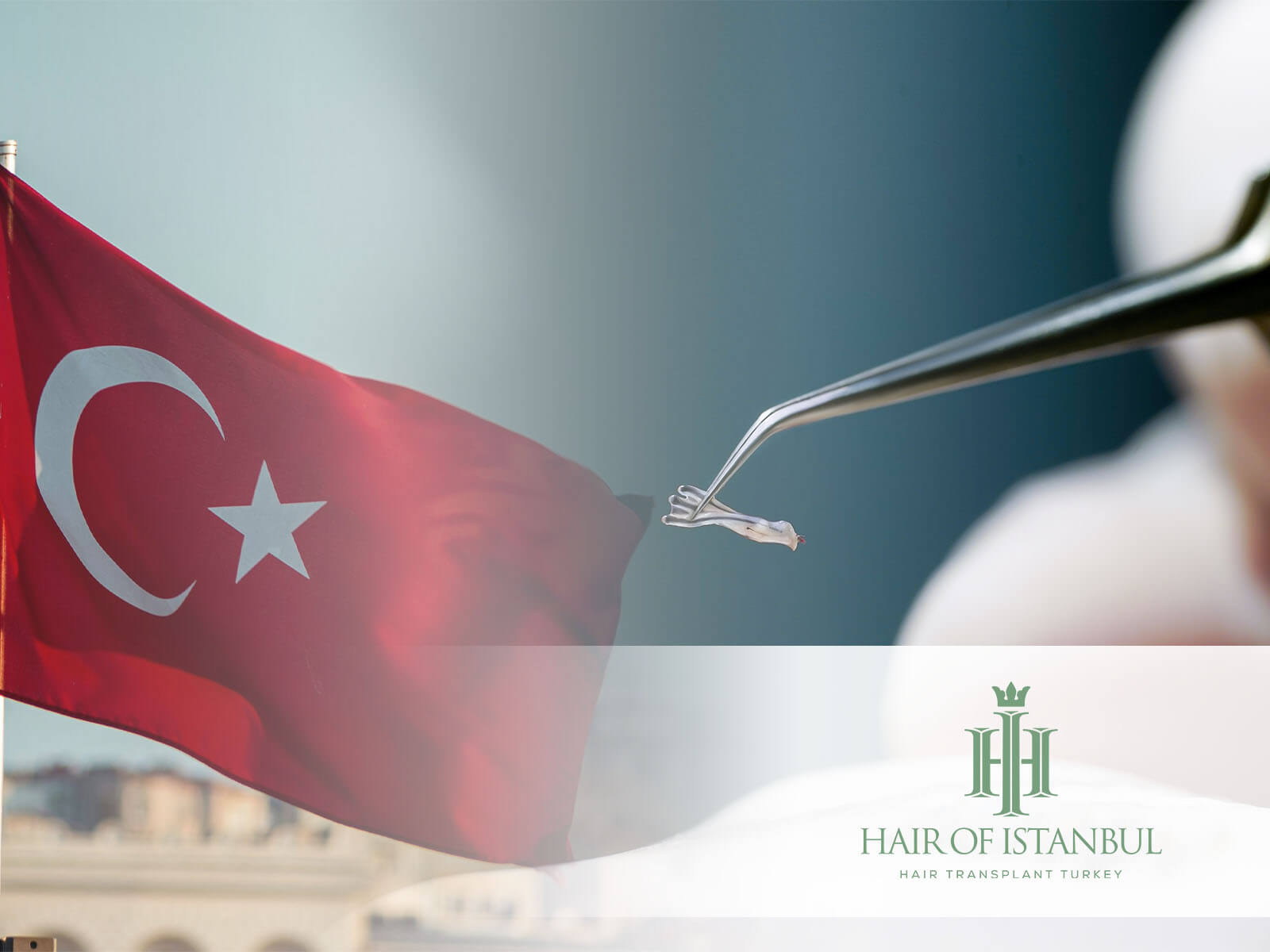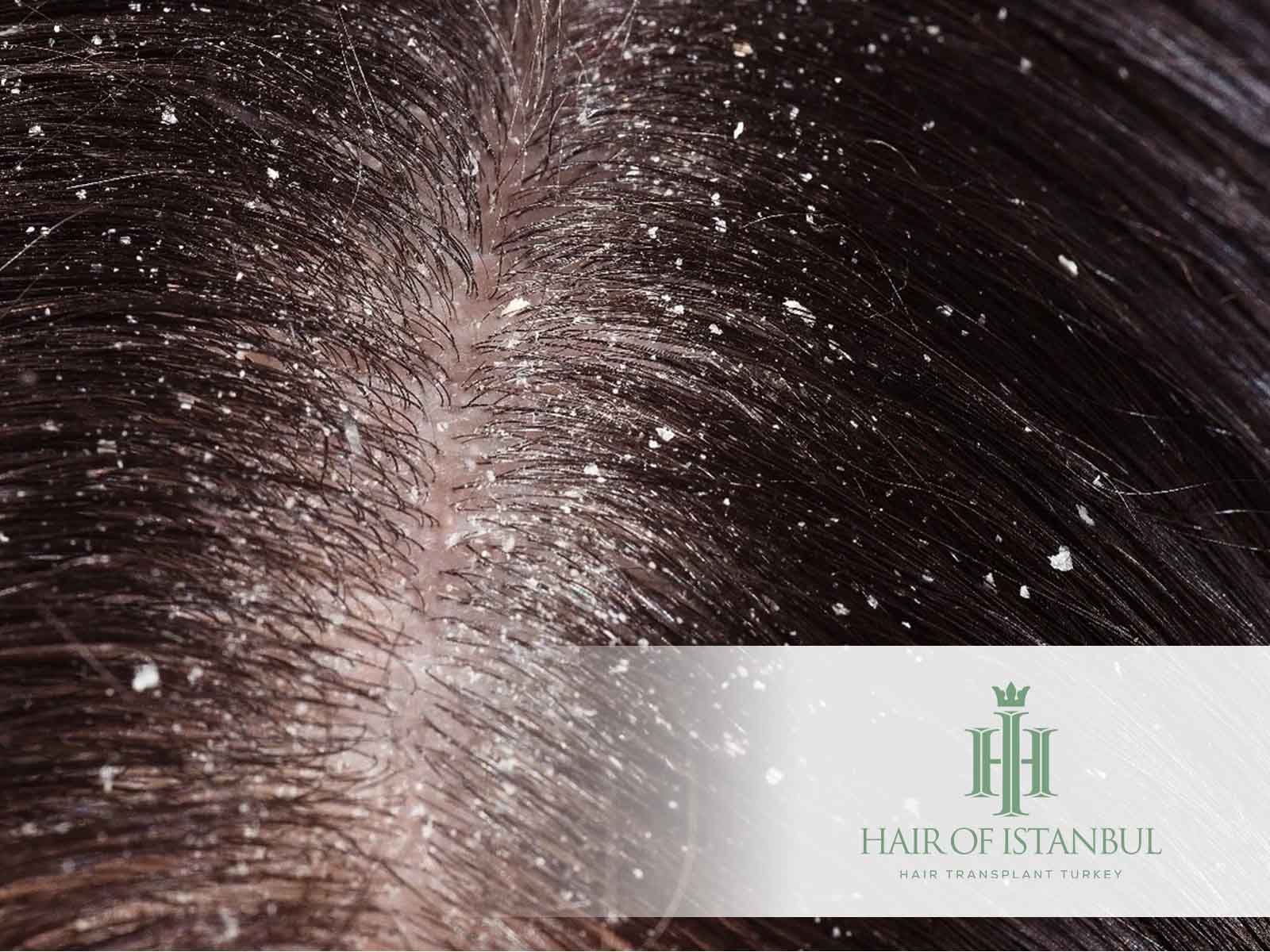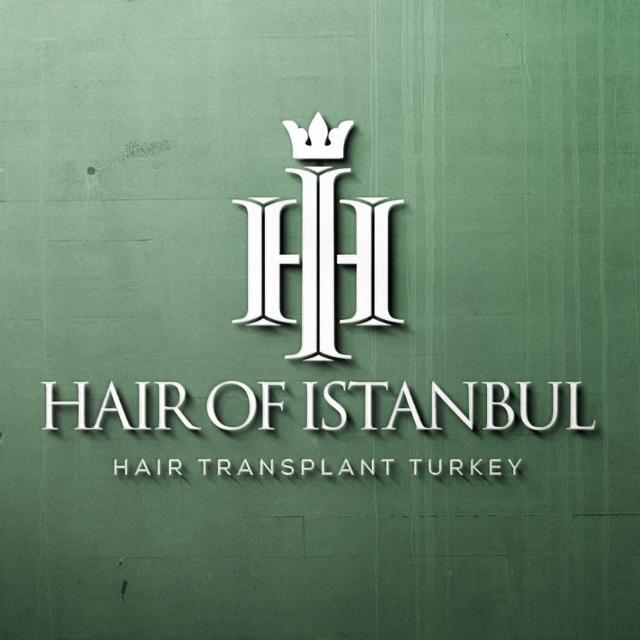Importance of Seborrheic Dermatitis in Hair Transplant
Seborrheic dermatitis is a chronic, recurrent, inflammatory skin disease clinically characterized by erythematous, scaly patches.
It usually settles in areas rich in sebaceous glands such as the back, chest, around the ears, cheeks, around the nose, eyebrows, and scalp.
It is a multifactorial disease of unknown cause, in which many factors play a role. Stress, androgens, depression, fatigue, seasons, clothing, diet (such as excessive consumption of spicy, oily foods), some fungal infections, some vitamin deficiencies are some of these factors.
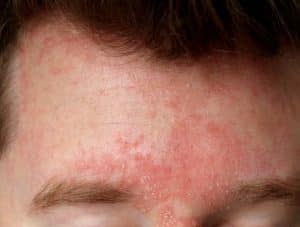
Adult type seborrheic dermatitis, especially involving the scalp, is an obstacle to a successful hair transplant. It appears as yellow-oily scaly, moderately or prominently reddened itchy plaques on the scalp. It is extremely important to clear the infected areas on the donor area from dermatitis to be able to perform the procedure. There is a high risk for the infection to spread to the entire scalp if the procedure is performed without treating it. This can result in damaging the transplanted hair permanently and can cause them to not grow at all.
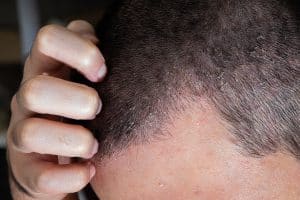
TREATMENT
The treatment, which varies according to the severity of the disease and morphological changes, is often aimed at controlling exacerbations. The aim is to soften and remove scales and crusts, to prevent infections such as fungus and acne that develop because of seborrheic dermatitis, and to reduce redness and itching.
Shampoos containing bifonazole or ketoconazole and shampoos containing topical corticosteroids (0.05% clobetasol propionate) are effective especially in adult seborrheic dermatitis involving the scalp. With the application of these shampoos 2-3 times a week for 5-10 minutes, a significant decrease in the infection can be seen.
If the hair is short, creams containing clobetasol propionate are also suitable for use. However, the duration of use should not exceed 4 weeks.
If a secondary infection such as acne has developed based on seborrheic dermatitis, creams containing fusidic acid should be used. If the secondary infection is fungal, systemic antifungal agents should be preferred.
In the light of all this information, we would like to declare again that; If you have dermatitis on the scalp, make sure you treat it before coming to the clinic. Otherwise, our institution, which has adopted the principle of getting the best results for our patients, will have to postpone your procedure.
Regards.
For more info please visit hair transplantation blog and Wikipedia about dermatit.
HAIR OF ISTANBUL

